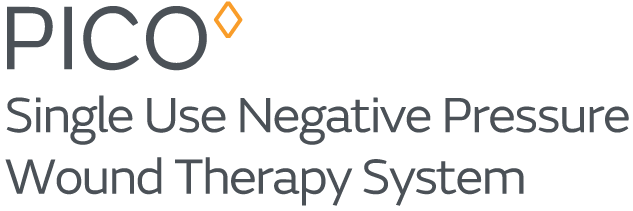The case studies below are examples of how the PICO sNPWT System delivers the effectiveness of NPWT when used on various closed surgical incisions. See how the simplicity of the revolutionary PICO sNPWT System may promote positive outcomes and patient mobility.
How to apply PICO sNPWT and its unique Mode of Action
Total hip replacement
65-year-old female
with hypertension, diabetes, BMI 35kg/m2, osteoarthritis
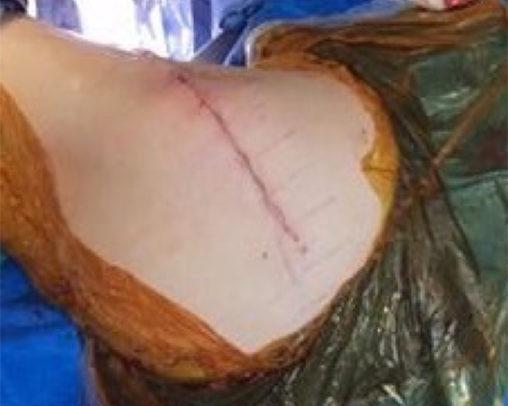
Operating room
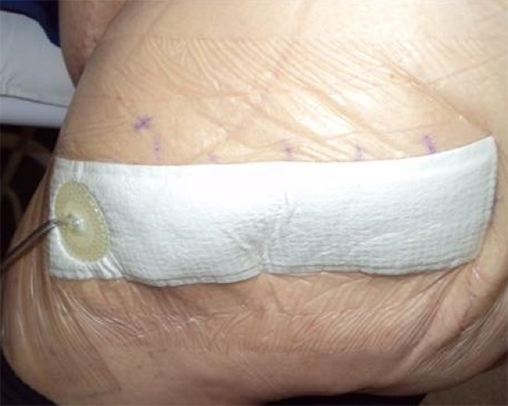
PICO sNPWT in use
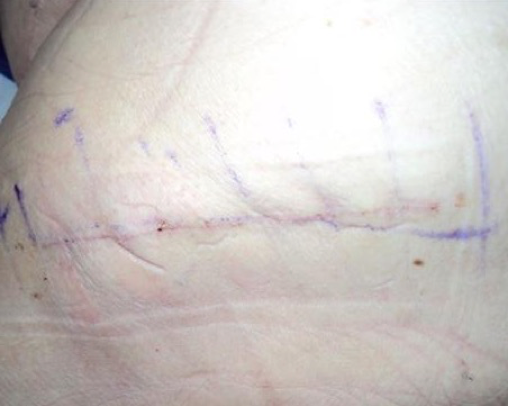
PICO sNPWT discontinued at day 9
Knee replacement
74-year-old female
Type II diabetes and arthritis, underwent her third knee replacement procedure following recurrent infections.
Patient developed a dehiscence and 14 days post-surgery the incision site failed to show signs of improvement.
When PICO sNPWT is used on infected wounds, more frequent dressing changes may be required. Regular monitoring of the wound should be maintained to check for signs of infection.
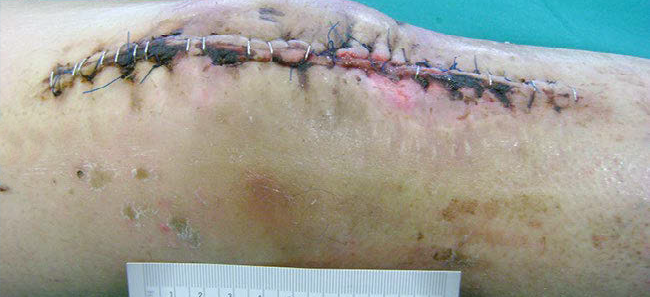
Beginning of treatment
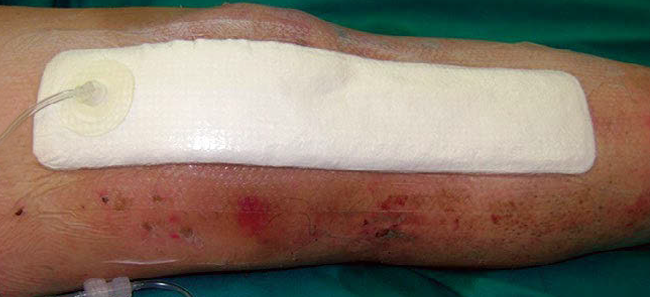
Application of PICO sNPWT
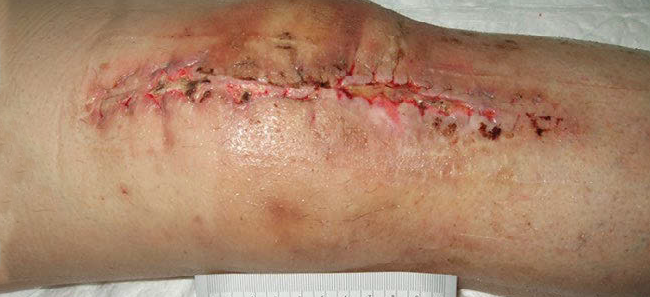
Progression after 7 days
Surgical site infection / pacemaker
66-year-old male
with history of pacemaker site infection had poor healing at surgical site post pacemaker removal
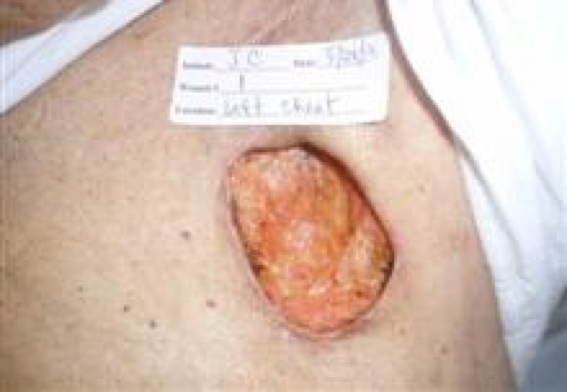
3 weeks post-op
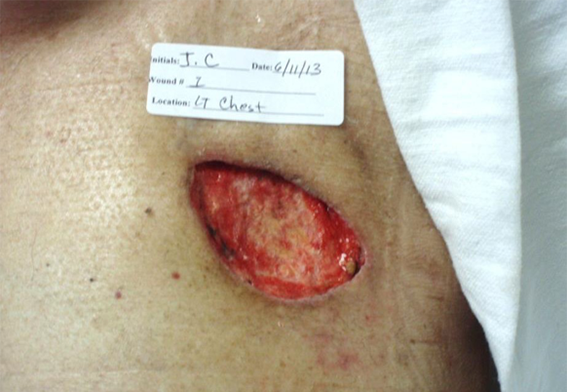
2 weeks after PICO sNPWT application, 85% reduction in volume of ulcer
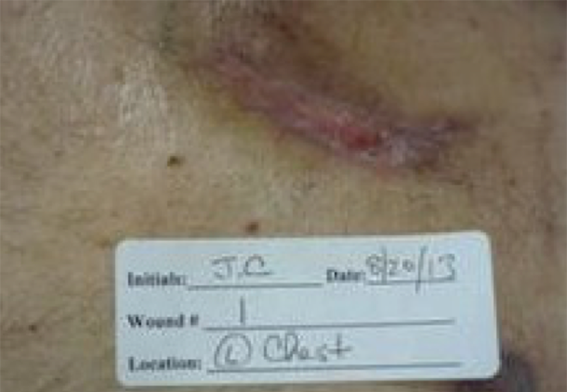
Wound closure achieved 2 months later
Sternotomy on high risk patient
Obesity, ASA score of 3, undergoing a triple bypass, using 2 thoracic arteries
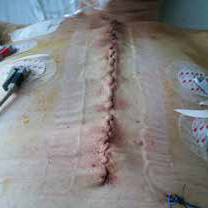
Day 0: initial incision line
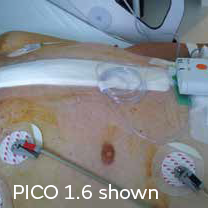
Day 0: PICO sNPWT in situ
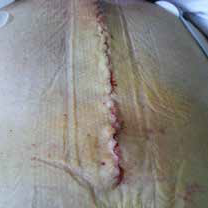
Day 5: after the first dressing change
Breast surgery
41-year-old female
with breast cancer,* tissue expander inserted into breast for reconstruction, wound measured 15cm in length and 5cm in width
*Do not use on patients with malignancy in the wound bed or the margins of the wound (except for palliative care to enhance quality of life).
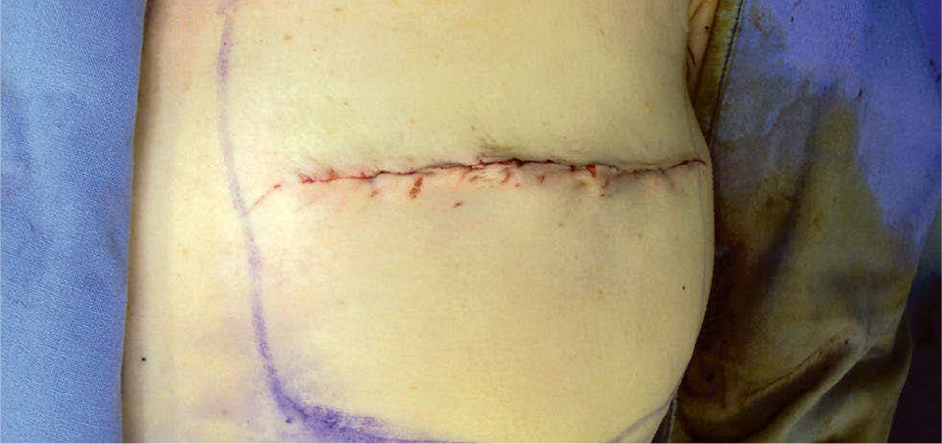
Post-surgical wound following breast reconstruction
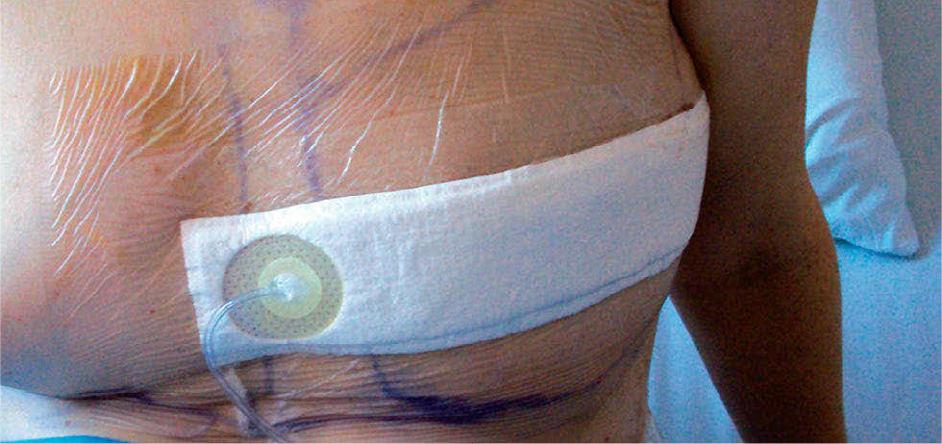
Patient with dressing in place on first assessment
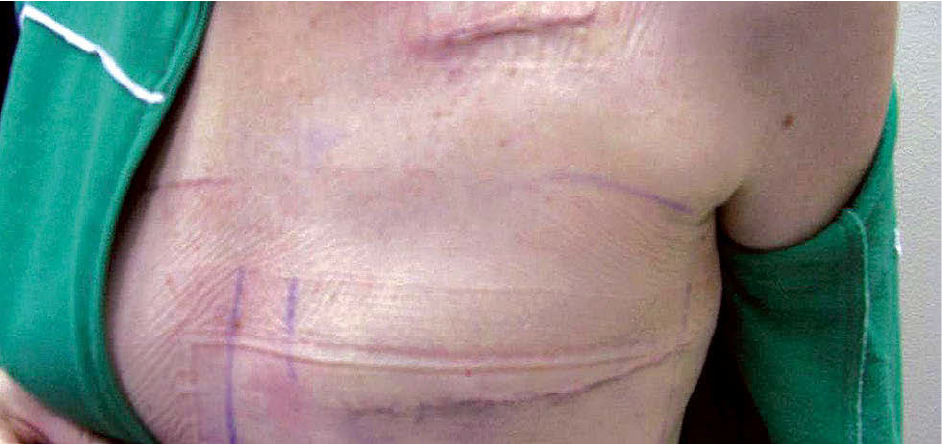
Post-surgical wound after PICO sNPWT removal - day 11
Breast surgery
51-year-old female
Cardiovascular disease, Con meds: Seroxat, Ascal, Micardis, Omeprazole, ASA 2
* Case taken from RCT on breast reduction surgery. http://clinicaltrials.gov/ct2/show/NCT01640366
![]()
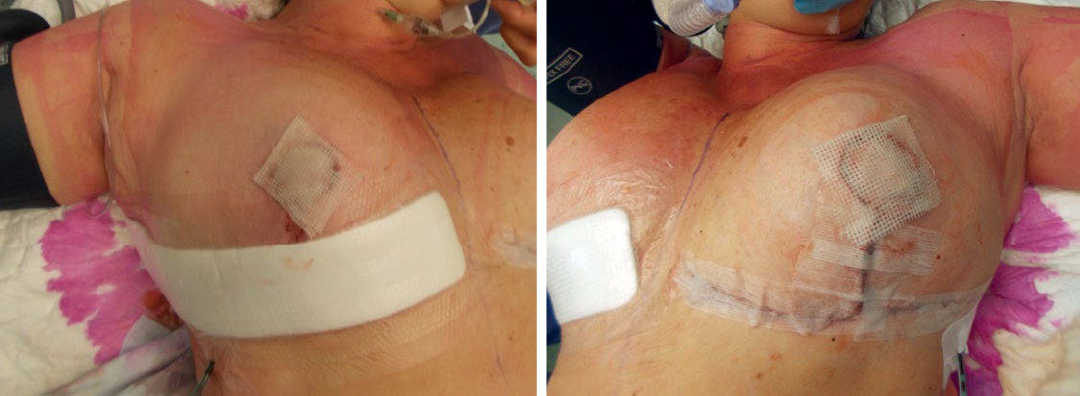
Post-op
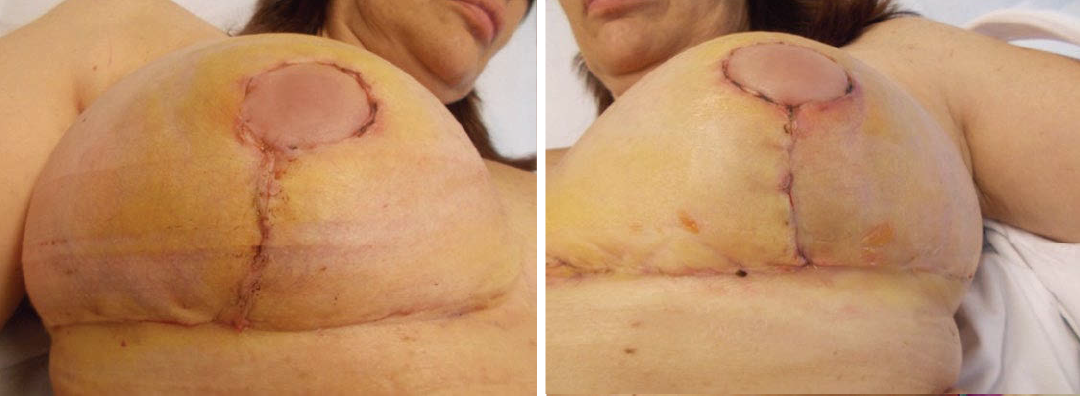
Day 7
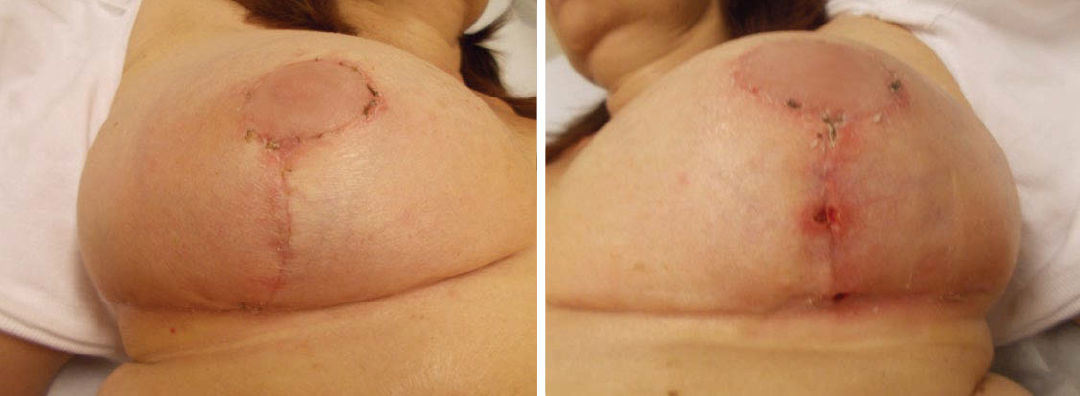
Day 21
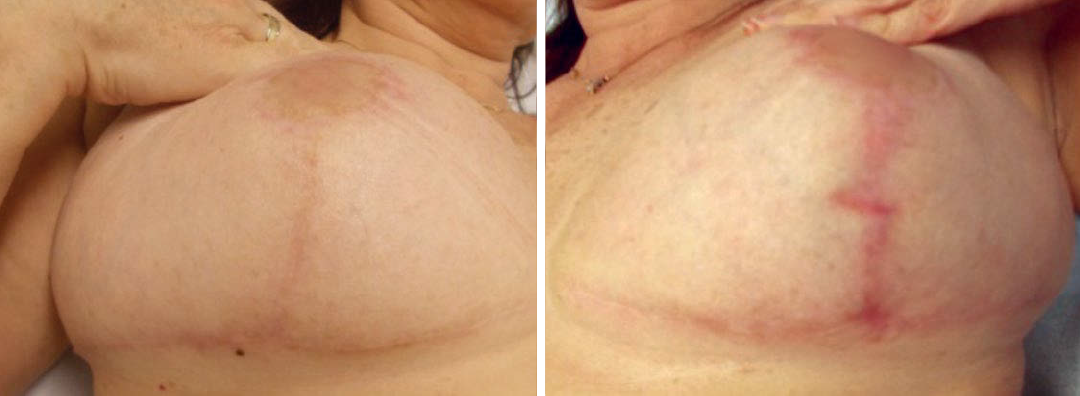
Day 180
Reduction mammoplasty1
200 patient bilateral breast study in US, South Africa, and Netherlands measured PICO sNPWT vs. standard care
Follow-ups:
- Wound related complication rates: 21 days (PICO fewer complications p=0.004)
- Fewer incidences of dehiscence observed by day 21 following PICO sNPWT treatment
- n = 32 (16.2%) vs. n = 52 (26.4%) (p < 0.001)
- Aesthetic appearance (cosmetic) and scar quality: 42 and 90 days
![]()
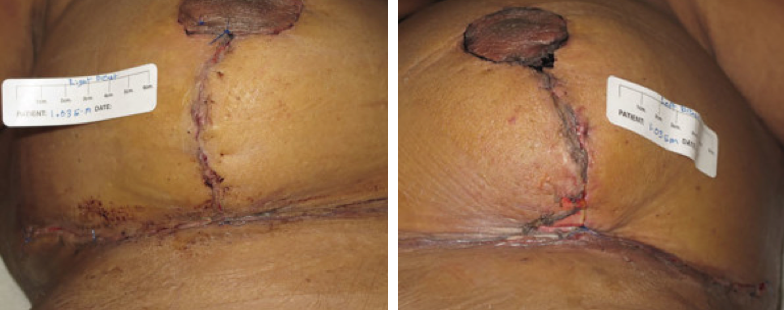
Day 7
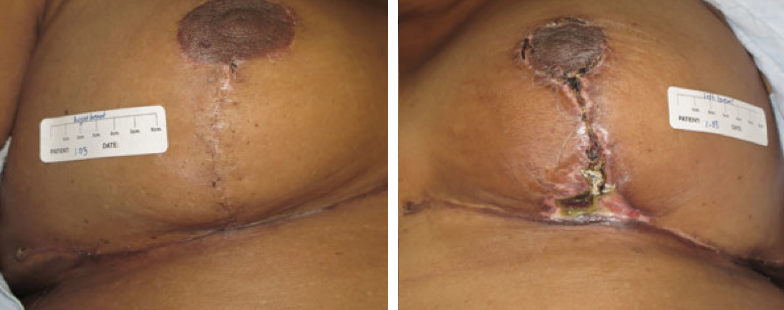
Day 21
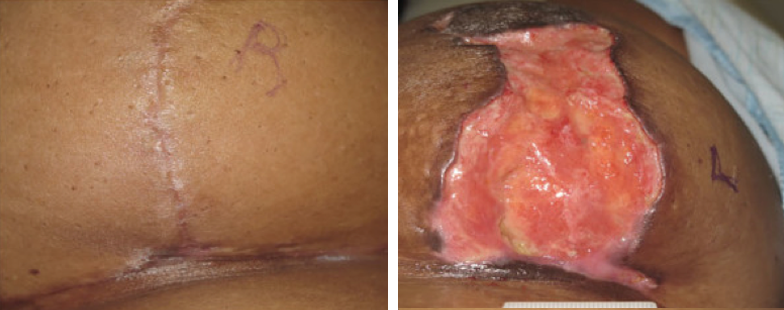
Day 45
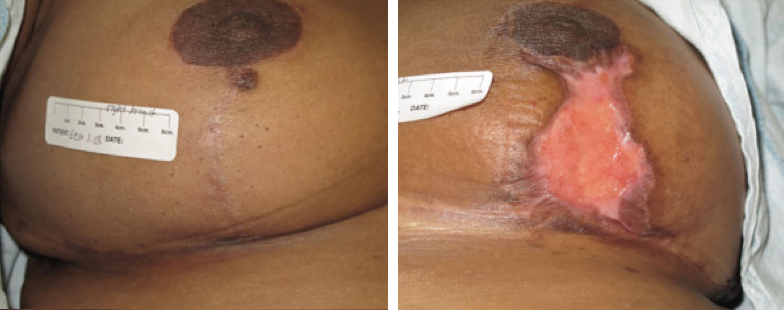
Day 90
- Galiano, R. et al. Incisional Negative Pressure Wound Therapy for Prevention of Wound Healing Complications Following Reduction Mammoplasty. Plastic Reconstr Surg Glob Open. 2018 Jan 12;6(1):e1560.

